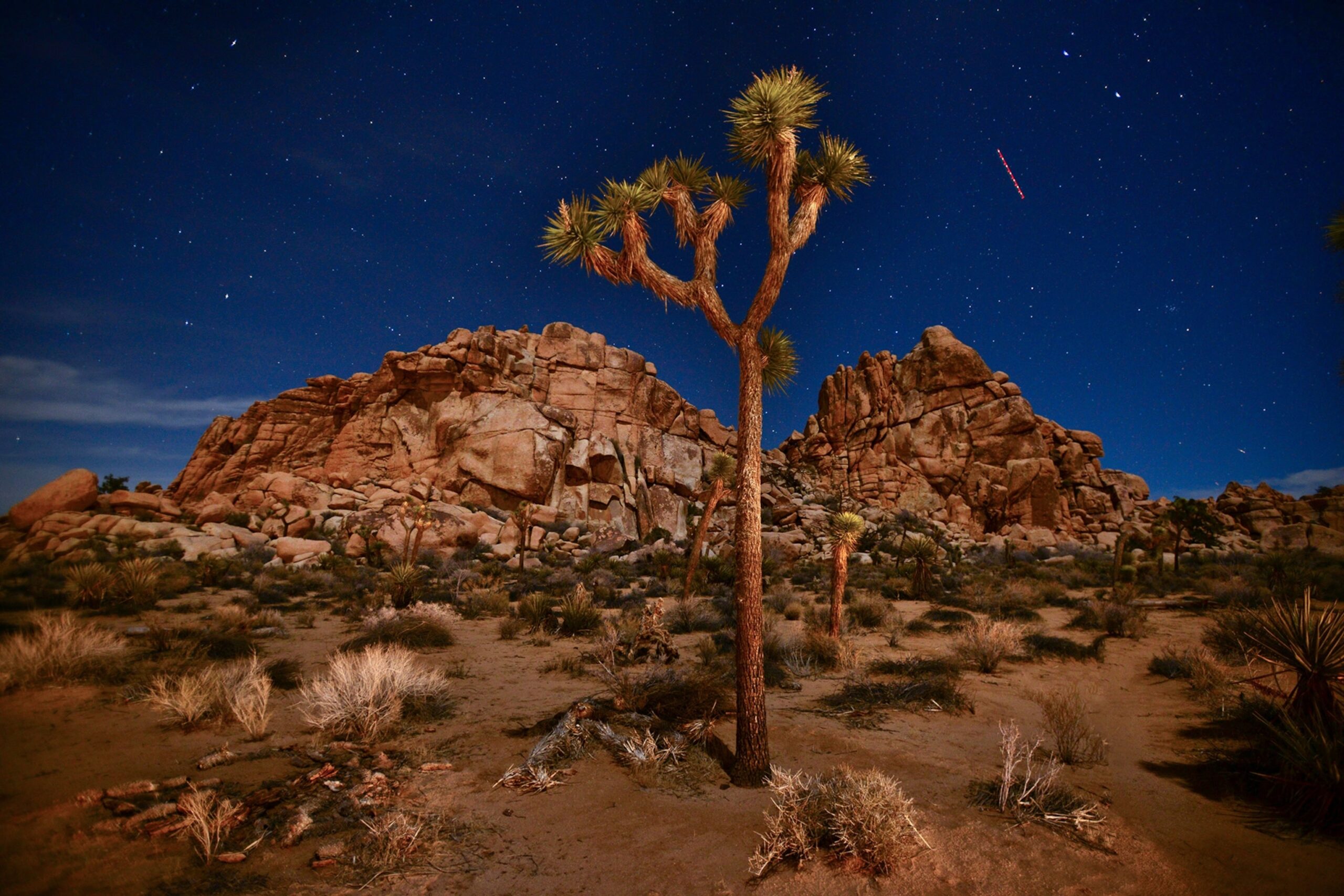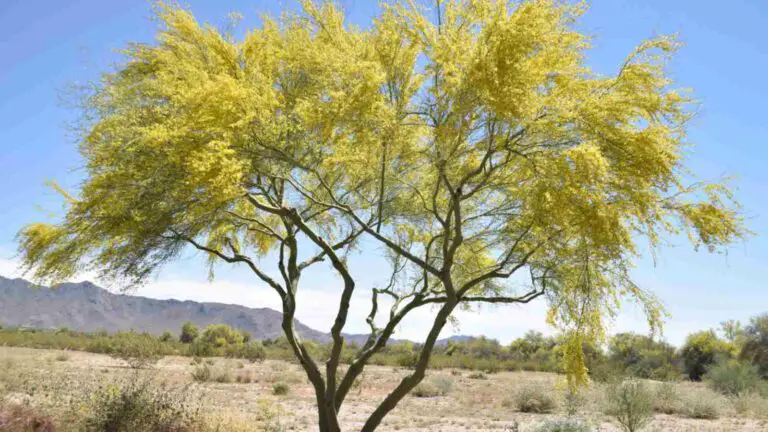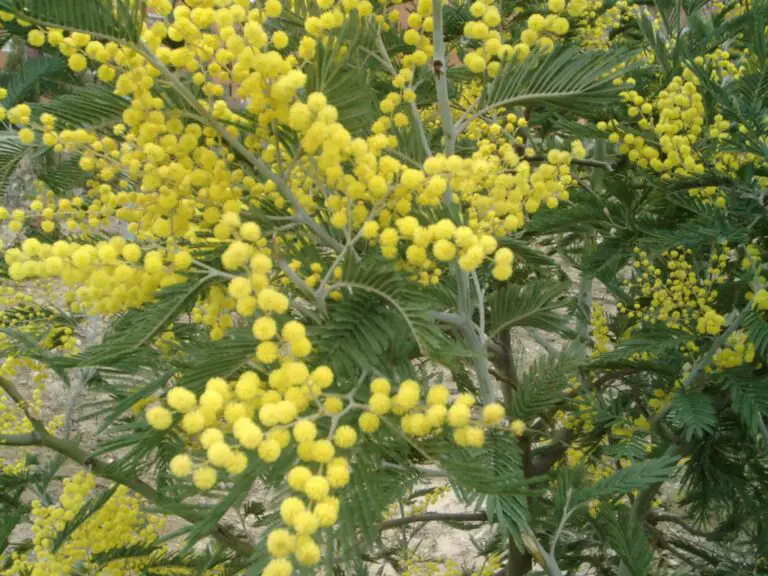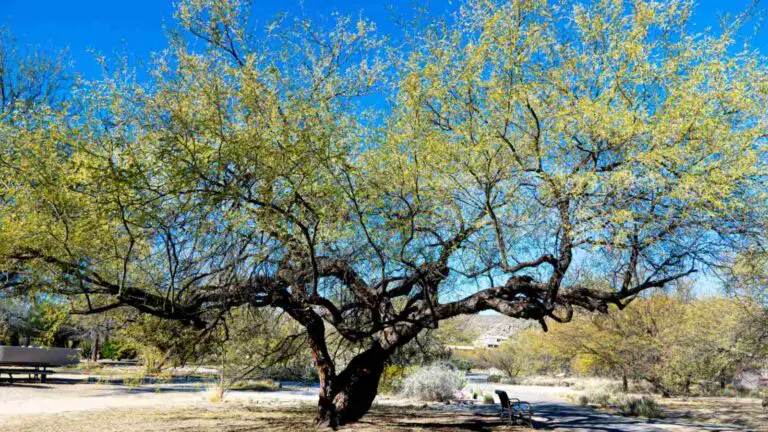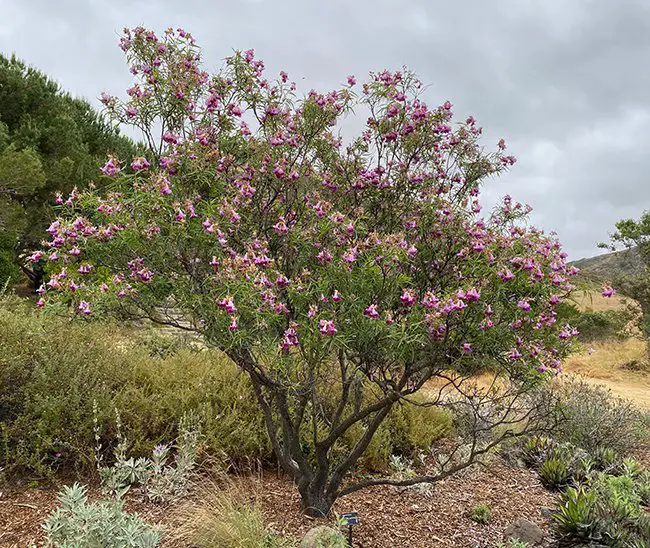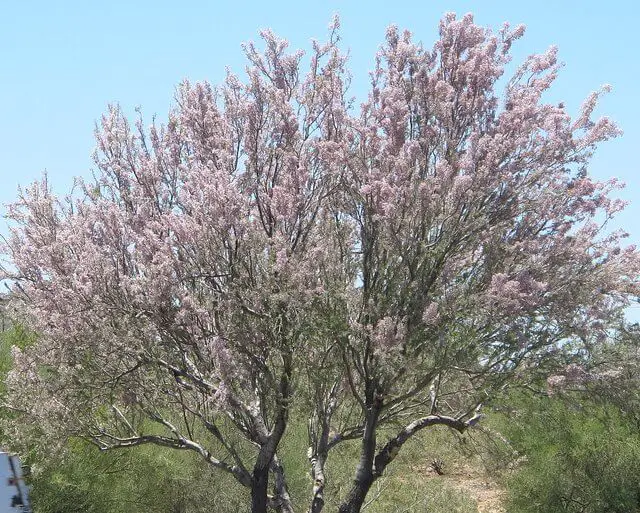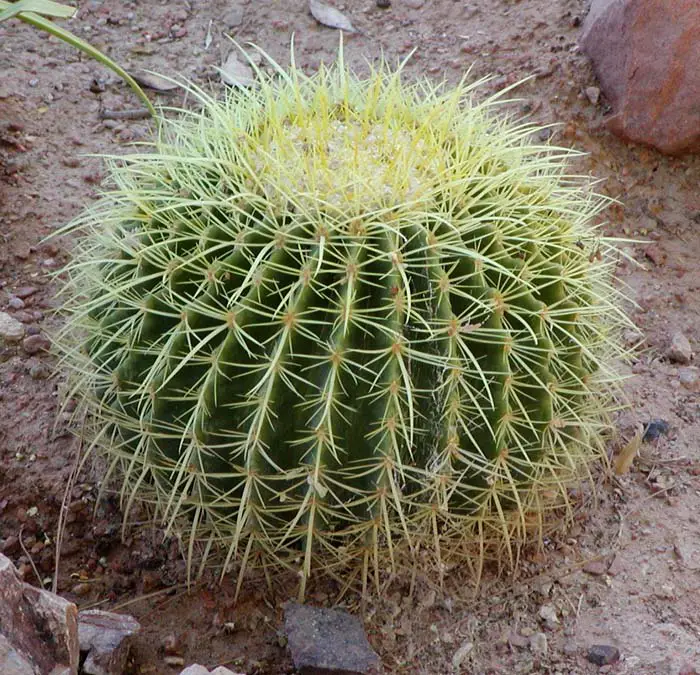Embracing Arid Majesty: Cultivating Joshua Tree (Yucca brevifolia) as a Xerophytic Marvel in Your Garden
For the gardening enthusiast eager to transform their outdoor space into a haven of sustainable beauty, the Joshua Tree (Yucca brevifolia) stands as a bold testament to the artistry of nature under arid conditions. Originating in the arid high deserts of the American Southwest, the Joshua Tree has become an icon of xerophytic and desert horticulture. Its striking, wizened silhouette has captured the imagination of many, and its cultivation presents an opportunity to both conserve water and create an intriguing landscape aesthetic.
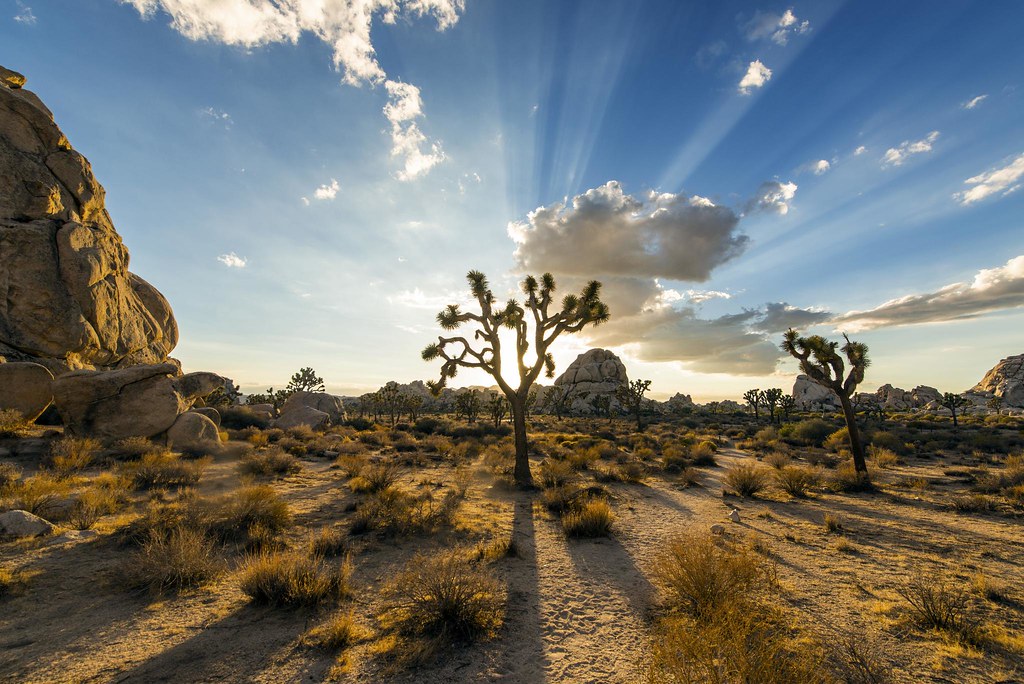
The Xerophytic Approach
When we venture into the realm of xerophytic gardening, we depart from the traditional image of a water-needy, lush garden towards a more water-wise, harmonious approach. Xerophytic plants, including the resilient Joshua Tree, are adapted to survive and thrive in extremely dry conditions. By incorporating these flora into our gardening practices, we play a part in conserving precious water resources while crafting landscapes that reflect the unique beauty of arid zones.
The Benefits of Xerophytic Design
Xerophytic gardens offer more than just aesthetically pleasing arrangements. They encourage ecological balance, reduce maintenance demands, and provide a resilient solution for regions with limited water supplies or are prone to drought. The benefits extend to biodiversity, with xerophytic gardens often attracting a variety of wildlife, thus enriching the urban and suburban ecosystem.
Cultivating the Iconic Joshua Tree
The Joshua Tree is renowned for its commanding presence, with stout, branching arms that seem to reach for the azure expanse above. When considering its cultivation, several key factors play a role in successfully integrating this behemoth of the desert into your own garden oasis.
Understanding the Soil and Sunlight Needs
Joshua Trees demand very little in the way of soil fertility. They’re content with sandy, gravelly, and well-draining soils, disdaining the constant moisture that many garden plants require. The combination of a high mineral content and excellent drainage is key to their success. Sunlight is non-negotiable; these garden fixtures require all the sunshine they can get, favoring hot, dry conditions that mimic their native habitat.
Watering and Maintenance Strategies
Once established, Joshua Trees need minimal intervention. They should be kept dry during their dormant season and can withstand long periods without water. A deep but infrequent watering schedule, typically during the growing season, is all they require. Pruning should be limited to removing dead growth or to maintain shape. Protection from extreme cold and wet conditions is critical for young trees in colder climates.
Propagation and Pruning Techniques
Propagating the Joshua Tree can be a slow but rewarding process. Seeds are the most effective method, but patience is a virtue as they can take months, sometimes years, to germinate. Pruning mature Joshua Trees to cultivate a lower bristled look is often not recommended, as it can be traumatic to the plant. However, the careful removal of dead or damaged growth can help improve the tree’s health and aesthetics.
Complementary Design and Aesthetic Impact
The visual drama that a Joshua Tree brings to a garden is unparalleled. Its substantial trunk and sprawling, twisting branches command attention, becoming a focal point that other, often subtle, xerophytic species can orbit. When considering companion plants, look for varieties that share the Joshua Tree’s hardiness and aesthetic compatibility. Succulents, like Agaves and Cacti, along with other yucca species, can create stunning desert-scapes that thrive in unison.
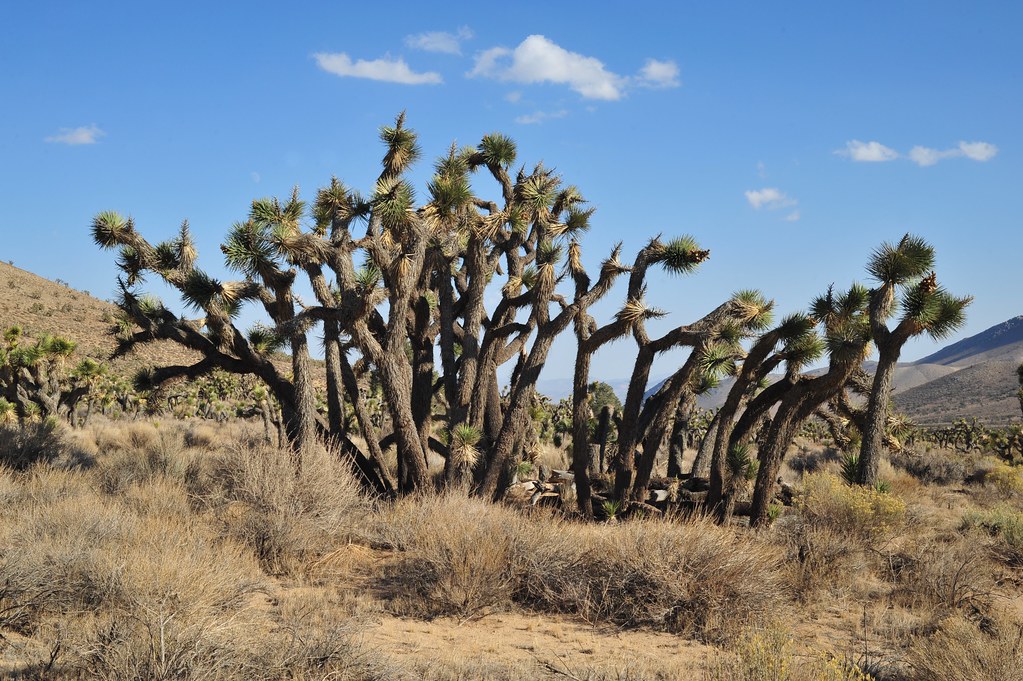
Environmental Benefits and Ecosystem Support
The incorporation of xerophytic plants into your garden goes beyond mere aesthetics. The Joshua Tree and other desert flora are integral to supporting local ecosystems. They provide food and shelter for a range of wildlife, including diverse bird species and small mammals. Additionally, the low-water requirements and soil stabilization properties of xerophytic plants contribute to the conservation of natural resources and to the resilience of urban and suburban environments against the challenges of climate change.
Conclusion
Cultivating a xerophytic garden featuring the iconic Joshua Tree is a statement of appreciation for the beauty and adaptability of nature. By aligning our gardening practices with the water-wise strategies of arid landscapes, we can create sustainable, visually arresting sanctuaries. The call to incorporate xerophytic plants like the Joshua Tree into our gardens is an invitation to participate in environmental stewardship while relishing the grandeur of an arid majesty. For those with a passion for conservation and design, the Joshua Tree is a canvas waiting for its sustainable masterpiece.
